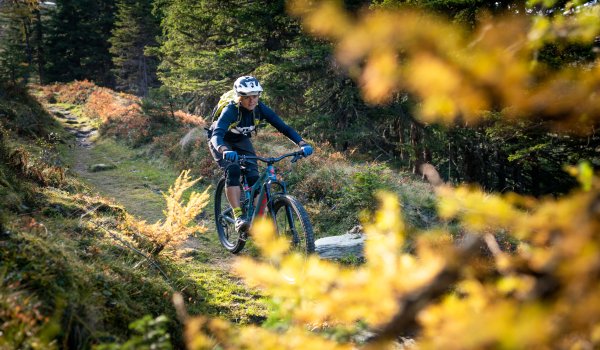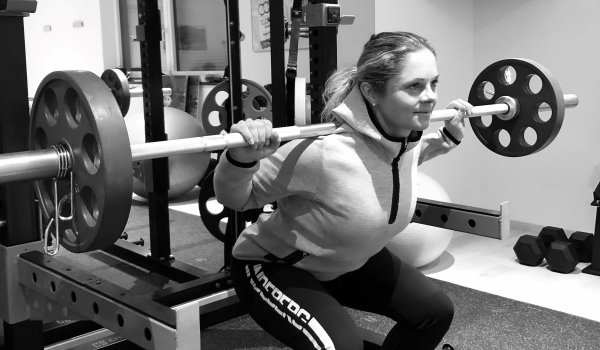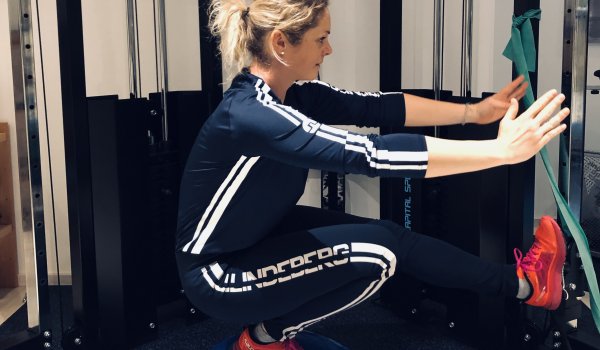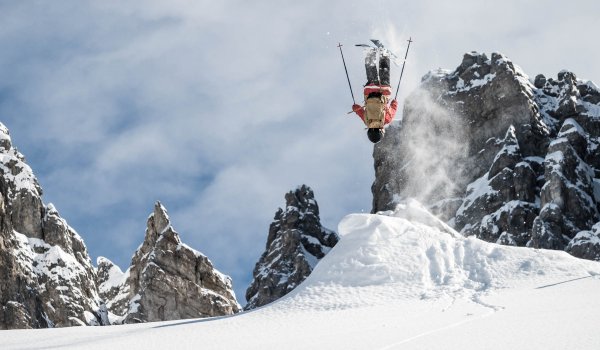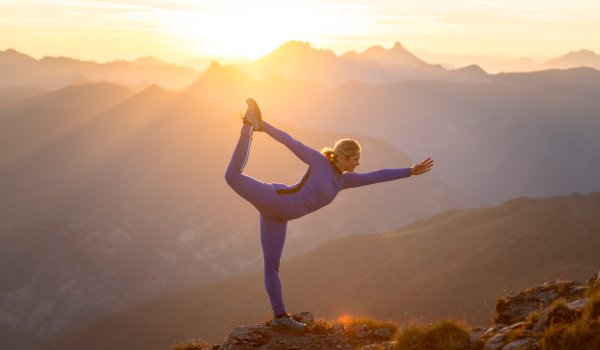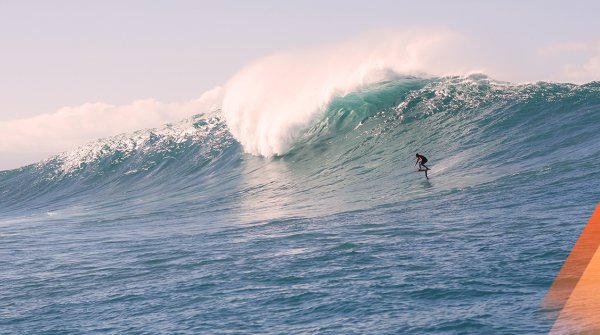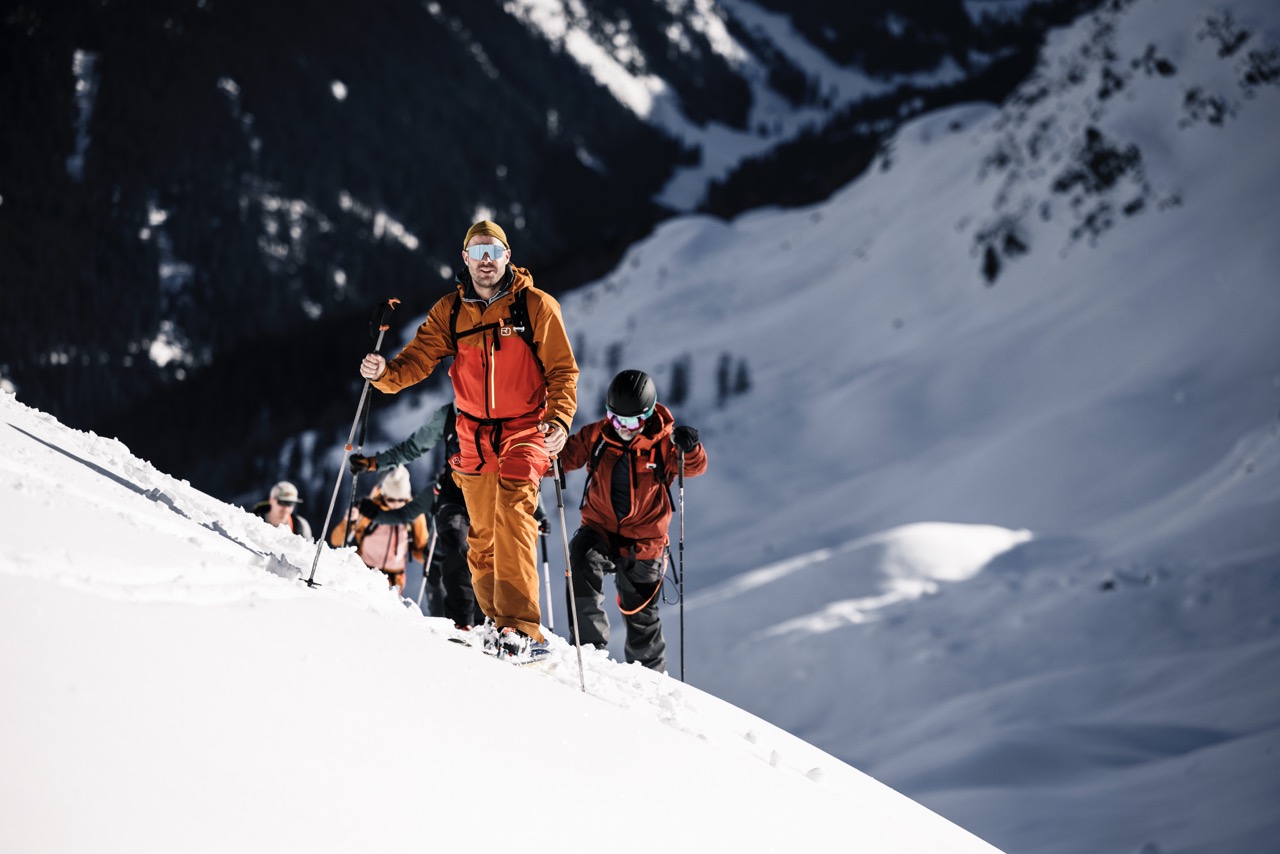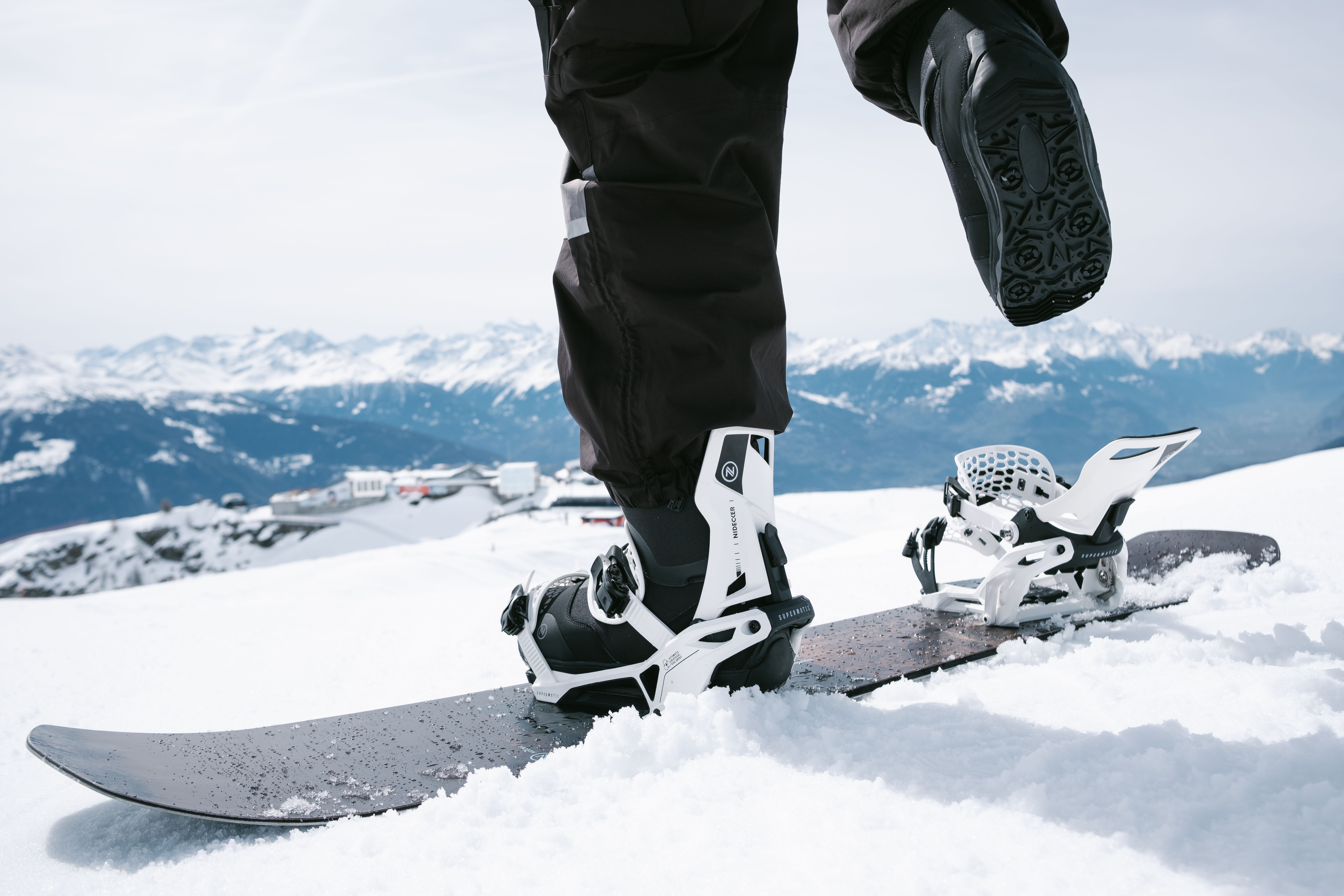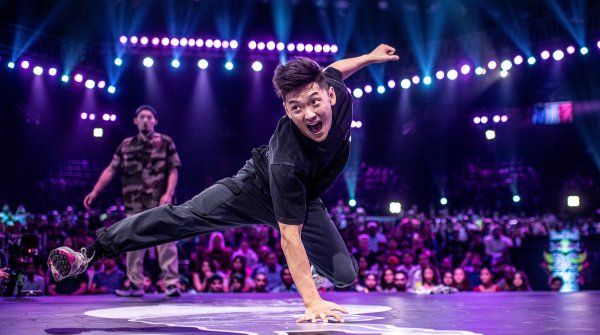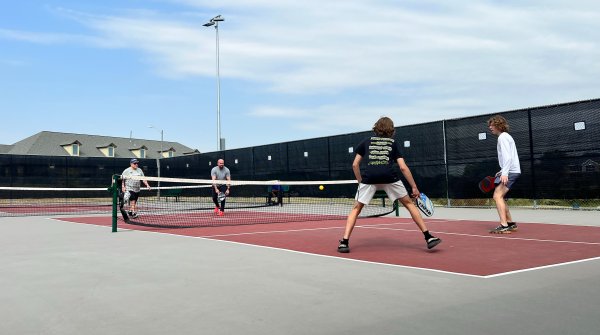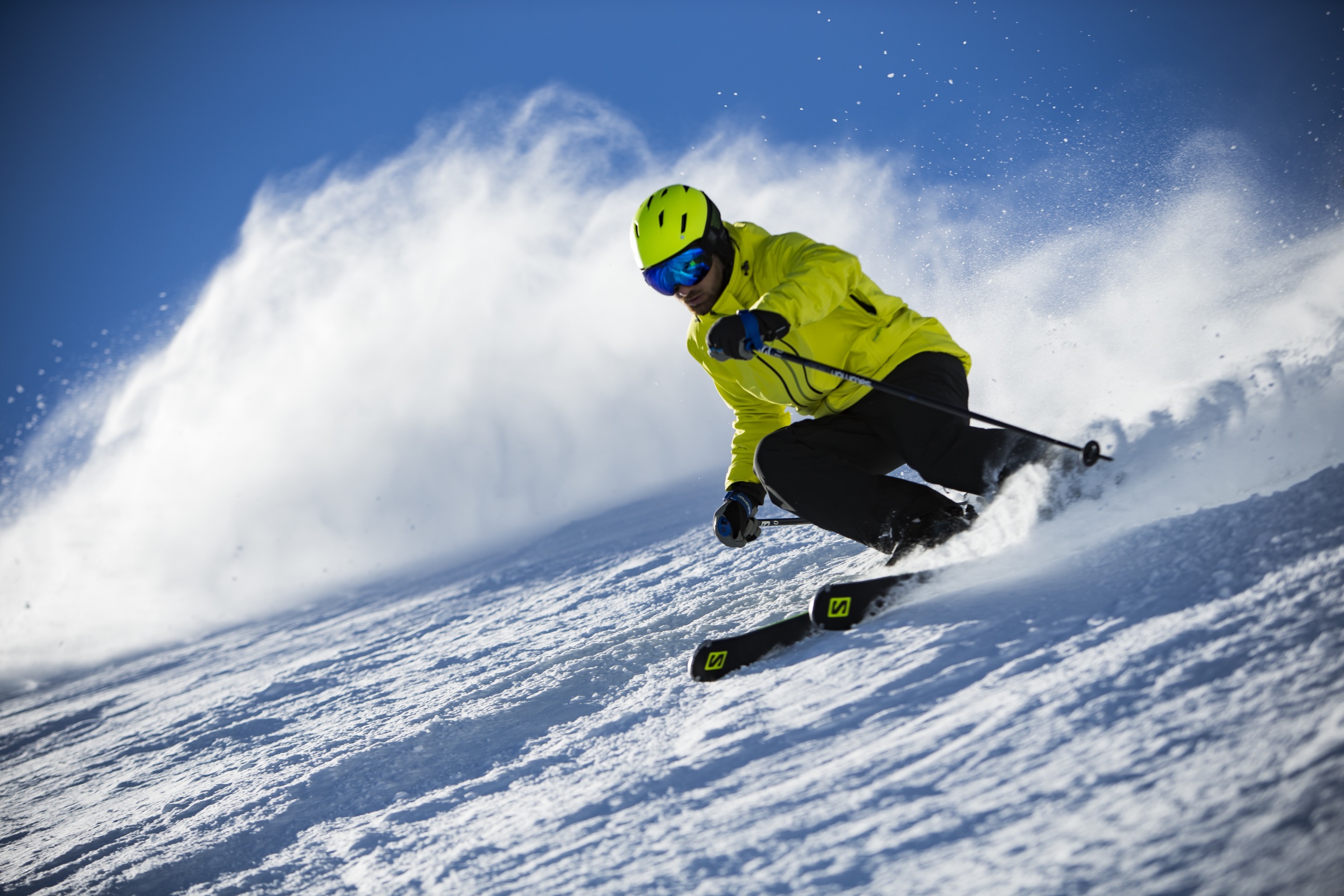
Austrian Sandra Lahnsteiner knows what she is talking about when it comes to fitness and skiing. She has a classic ski racing background, a trainer education and is a professional freerider. The Shades of Winter films, which she also produced herself, have really made her famous. She is also a fitness trainer for ÖSV-Skistar, World Champion and Olympic Champion Anna Veith. Lahnsteiner has collected the most important training tips for off-piste workout for ISPO.com.
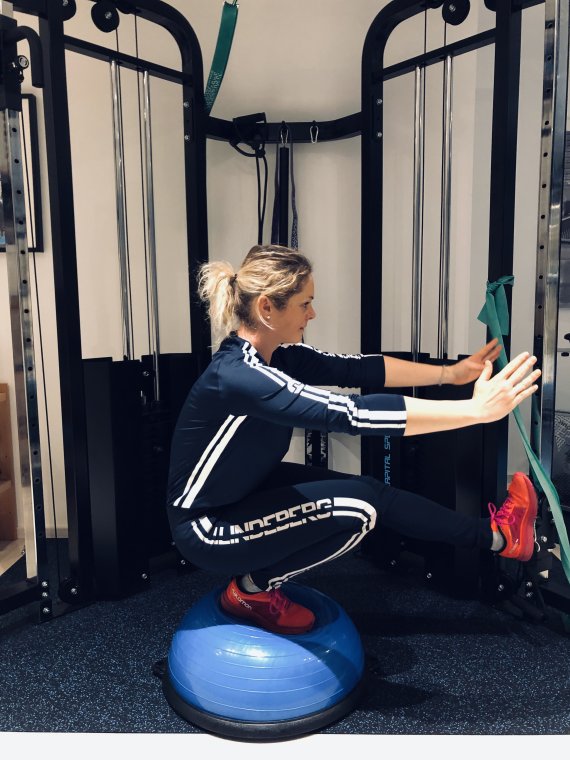
"Although skiing is not one of the classic endurance sports, this ability is immensely important in skiing - in addition to strength and speed," says Sandra Lahnsteiner. "A solid endurance is the basis for a good regenerative ability. You recover faster between downhills and minimize the risk of injury. If you have good stamina, you can also cover more altitude differences and tolerate the altitude in the ski area better."
But how can you increase your endurance rapidly? Sandra Lahnsteiner recommends High Intensity Training, or "HIT" for short, for those who make spontaneous decisions. The training concept, which originates from bodybuilding and weight training, is characterized by short and very hard training sessions. "In the long term, cycling and ergometers, jogging, ski touring and hiking are the means of choice," says the freeride pro.
"Good leg muscles ensure powerful swings, improve joint stability, prevent rapid fatigue and simply mean more fun," summarizes Lahnsteiner.
Her favorite exercise to strengthen leg strength and the central exercise in skiing par excellence is knee bending. The simple movement does not only train the legs, but the whole body and can be practiced almost everywhere. They are many variations of the exercise: two-legged, single-legged, with and without weight or on an unstable surface (ball cushion, Airex Balance Pad or rolled up sleeping mat).
"The athletics coach recommends the multiple world champion and Olympic champion Anna Veith: "You shouldn't neglect training the back of your legs. The most efficient way to train the rear leg and buttock muscles is to lift the pelvis on a Pezziball. Pull the ball with the heels towards the buttocks and move it back to the starting position. Professionals perform the exercise alternately with only one leg.
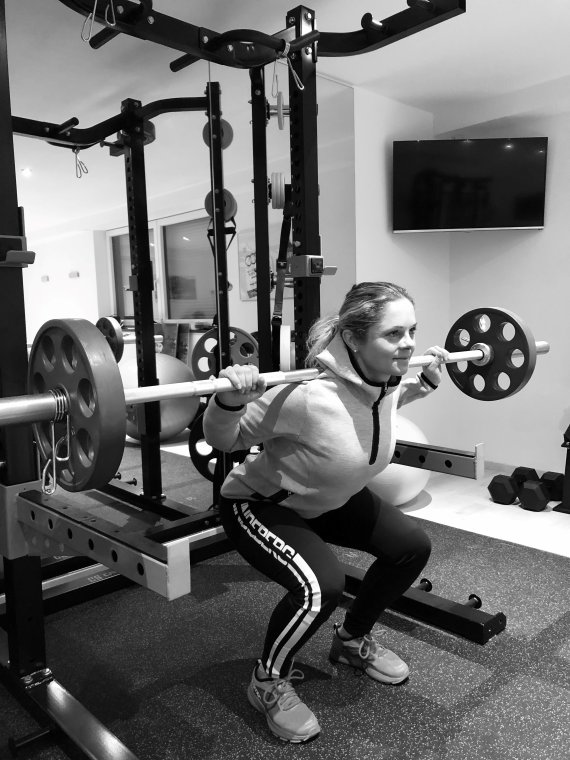
Skiing is "balance in motion", explains Sandra Lahnsteiner. But how do you strengthen your sense of balance? "Balance is only trained in imbalance," reveals the freeride pro. Simple but very effective exercises are: the one-leg stand - advanced learners practice with closed eyes - or one-leg knee bends on a Bosu Ball. "The outdoors is also perfect for practicing: balancing on the sidewalk, walking over stones, even running in the sand trains balance. Everything that stimulates the body promotes."
Particularly efficient and therefore elementary for Lahnsteiner and Veith: The combination of strength and balance training.
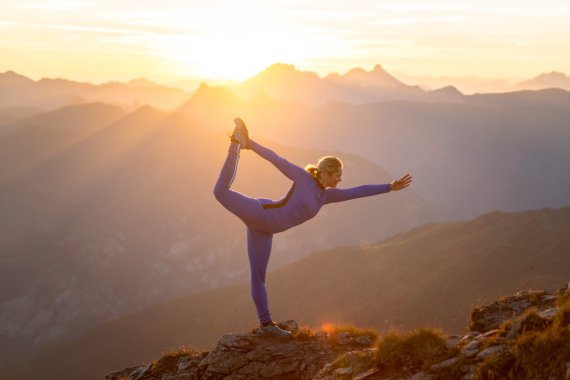
"The additional value of strong torso muscles is often underestimated when skiing," reveals Lahnsteiner. The torso is the connector between the upper body and the legs and ensures a stable position on the ski. "If you have a stable trunk, you can level out unevenness more easily and land jumps better. Even the knees are protected because the impact on the knee joints is reduced by a well-trained trunk."
A particularly effective exercise to strengthen the trunk muscles are push-ups. Professionals use an unstable underlay (ball or airpad) for their hands and feet - also in this case: a combination of strength and balance exercises.
Before and after skiing it is important to stretch the muscles. Stretching the strained muscles improves mobility and prevents injuries and muscle hardening. Before skiing, Lahnsteiner recommends the mobilization of the stressed joints and a kind of swing gymnastics.
The exercises are rather dynamic and at the same time serve as a warm-up. After skiing you can slow down. For example with yoga or a classical stretching program.
"When skiing, one moves on the mountain and thus in height. It is therefore extremely important to absorb liquids sufficiently. And that doesn't mean beer, wine or schnapps," says Lahnsteiner with a wink. While breathing one loses a lot of fluid even at cold temperatures. This is often underestimated because it is hardly noticeable. "Cramps are primarily due to dehydration and not magnesium deficiency," says the freeskier.
Tip: Start with a liter of herbal or fruit tea in the morning. And maybe a smoothie. A thermos flask with hot tea works wonders on the piste or in the country. In the evening, stews or soups are the perfect way to restock the empty water reservoirs.
The most important thing at the end: Warm up before skiing! "The warm-up is almost always forgotten, underestimated or neglected," explains the professional.
A good warm-up doesn't have to take half an hour. With effective exercises 10 minutes are enough. An activation of the musculature by a few knee bends, for example, gives the body the signal "Here we go". Professionals start before they step into their ski boots: lateral steps with a strap around the knees activate the buttock and leg muscles.
Finally, a little secret tip from the Salzburg power woman, who also supported Anna Veith as a mental coach: "Your head has to be ready, you have to want it. This applies not only to professionals, but also to amateurs." Positively soliloquizing helps to define goals and increases motivation. Success in skiing is also increased by visualization."
 Sports BusinessBetween powder and principles: Ski tours with added value
Sports BusinessBetween powder and principles: Ski tours with added value SportsTechStatus quo: Snowboard step-in bindings
SportsTechStatus quo: Snowboard step-in bindings

